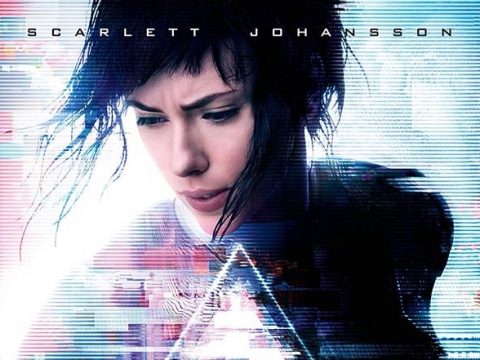Playing Bayonetta is sure to elicit a variety of reactions from fans of virtual fisticuffs. There’s titillation, naturally; frustration, as enemies continue to upstage your various forms of witchery; and pontification, which starts as early as the opening credits. To wit: who is that bold man whose name practically bursts forth from a tombstone after the first cutscene? Is this “Hideki Kamiya” responsible for the existence of this shoe-gun-blasting chicanery? If any doubts really linger, just check the back catalog and rest at ease, knowing yourself to be in the hands of one of gaming’s contemporary action masters. Hideki Kamiya’s been blasting this stuff off in one way or another since the 90s, and he’s still got enough lead in his chamber to keep us on our toes for some time.
Hideki Kamiya: Man of Action
Kamiya isn’t exactly synonymous with that slow, creeping style of tension at this point. His true “birth” would come in 2001, when he unleashed Dante upon an unprepared yet hungry action fanbase. The style of rapid weapon-switching combat in Devil May Cry is practically a genre unto itself now; a world in which demons are destroyed via wildly strung combos and a constant back and forth between melee and ranged attacks.
Even though Devil May Cry was met with success, Capcom saw fit to take Kamiya and his team off of the sequel, which ended up a sloppy, uninspired mess in the hands of another team. Seriously, have you played that game? To this day I think I only finished it out of obligation to my purchase. It’s okay, though, because some of the ideas he and his team were looking to implement into Devil May Cry 2 eventually found their way into Bayonetta. I’d say that’s a win/win for all, even if it does paint the picture of an alternate timeline in which DMC2 was really, really awesome.
This brings us to one of the other sad truths about Hideki Kamiya’s career. Despite critical praise, his games have had a tough time landing much in the way of blockbuster sales. What is it about his titles that generates disinterest from a wide spectrum of consumers? Are they improperly marketed? I seem to recall a ton of Viewtiful Joe ads back in 2003, but they didn’t exactly result in equivalent purchases. Granted, the game reportedly had a relatively low budget, so it could have been deemed “successful” in some terms, but it remains a title with unique design and a limited fanbase.
At least Kamiya was able to contribute to the sequels in some way with Viewtiful Joe, but his next major title as director would be his last under the Capcom flag. Okami, released for Playstation 2 in 2006, was practically a love story to The Legend of Zelda, with Super Nintendo’s A Link to the Past cited as one of Kamiya’s major inspirations in general. Like Viewtiful Joe, Okami sports an interesting art style, and mixes it deftly with fast-paced action and familiar dungeon/overworld gameplay. Okay, it’s a little long-winded, but that’s bang for your buck right there.
Bayonetta is pure Kamiya through and through, surpassing the ridiculousness of his past efforts in almost every way. One can almost detect certain aspects originally intended for Devil May Cry 2, simply because the game has that sequel feel of bigger, badder, more insane. There’s an admirable ambition in every stage to blow the player’s mind, and it’s that slap of excess that makes Japanese action titles so enticing. If I’m not shooting or kicking dozens of weird creatures while an impossibly huge boss looms on the horizon, something’s just not right.
The future of Hideki Kamiya’s special style may very well rest on this witchy woman, but surely broad appeal (consider that a tasteless pun if you like) yet lies in her tangled weave. At least we know, after more than a decade of hard work and some significant hiccups along the way, the man continues to make games by his own rules. As long as he gets to keep doing so, I think it’s safe to say we’ll further indulge his deranged fantasies.


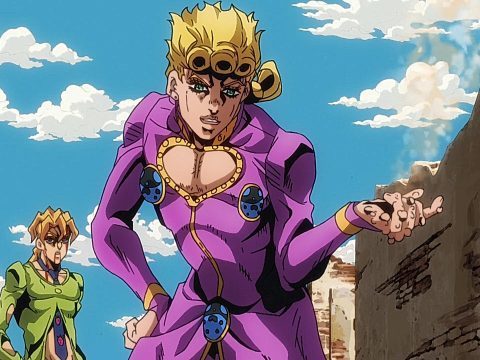
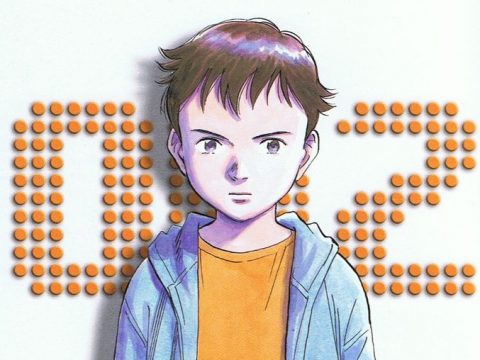
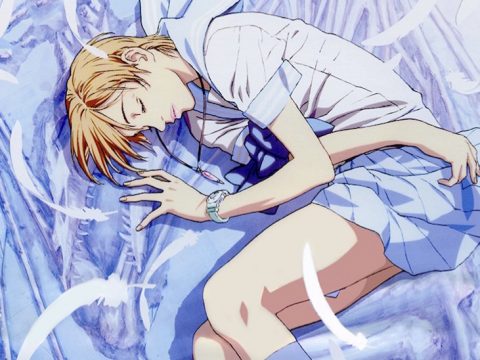
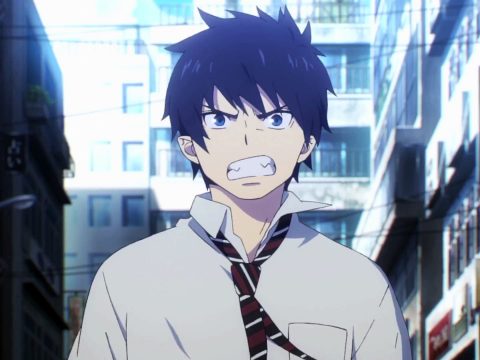
![[Review] Ghost in the Shell Deluxe Edition Manga [Review] Ghost in the Shell Deluxe Edition Manga](https://otakuusamagazine.com/wp-content/uploads/2017/08/gitsdeluxeheader-480x360.jpg)
